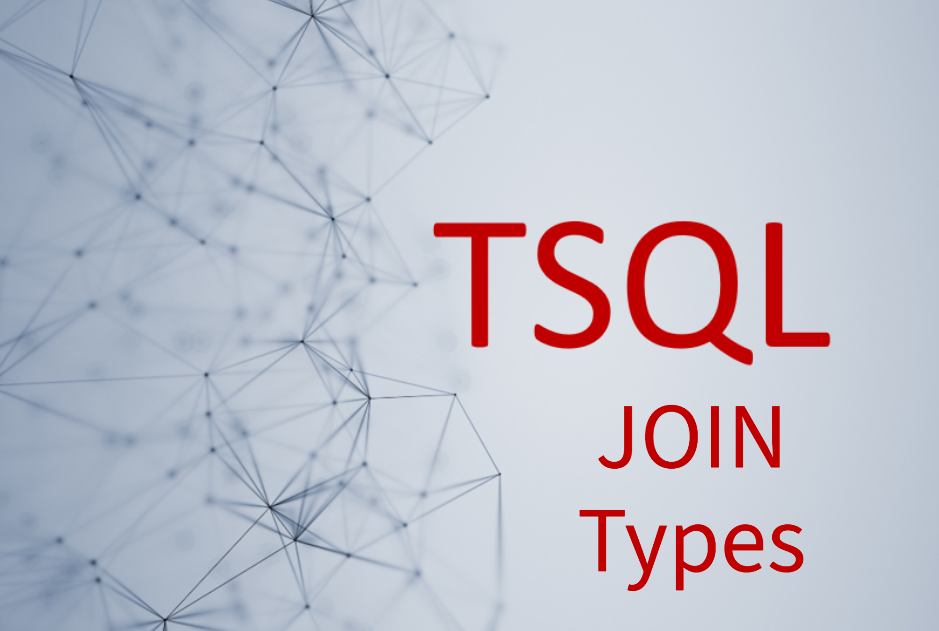Protect Your SQL Server

Protect Your SQL Server: Free Ransomware Course for DBAs
As a DBA, you’re entrusted with one of the most critical aspects of any organization: its data. In today’s threat landscape, ransomware is one of the most significant risks to that data. A single ransomware attack can bring an entire business to its knees, locking away critical information and demanding a hefty ransom to release it—if it ever does. The stakes couldn’t be higher, and that’s why I’ve developed a Free Ransomware Course tailored specifically for SQL Server DBAs.
Why This Course Matters
Ransomware attacks are becoming increasingly sophisticated and pervasive. It’s not a question of if your systems will be targeted, but when. As a DBA, your role in protecting your organization from these threats is crucial. This course will equip you with the knowledge and skills you need to defend your SQL Server environment against ransomware, ensuring that your data remains secure and your business operations continue uninterrupted.
What You’ll Learn
In this free course, I cover everything a DBA needs to know to protect their SQL Server databases from ransomware:
- Understanding Ransomware: Gain insight into how ransomware works, the tactics attackers use, and why SQL Server databases are prime targets.
- Preventative Measures: Learn best practices for securing your SQL Server environment, including configuring backups, implementing security patches, and managing permissions to minimize the risk of an attack.
- Detection and Response: Discover how to detect the signs of a ransomware attack early and respond effectively to mitigate damage. This includes monitoring tools and strategies to catch suspicious activity before it becomes a full-blown crisis.
- Recovery Strategies: If the worst happens, it’s essential to have a solid recovery plan in place. This module will guide you through creating and executing a robust disaster recovery plan, ensuring you can restore your data quickly and with minimal downtime.
Who Should Take This Course?
This course is designed for DBAs at all levels, whether you’re new to SQL Server management or a seasoned pro looking to sharpen your skills. The content is straightforward, actionable, and focused on the specific challenges DBAs face when protecting SQL Server databases from ransomware.
Why It’s Free
At Stedman Solutions, we believe in empowering DBAs with the knowledge and tools they need to succeed. This course is part of our commitment to helping the SQL Server community stay ahead of emerging threats and ensuring that every DBA has access to the resources they need to protect their data.
How to Enroll
Ready to bolster your defenses against ransomware? Enrolling in the course is simple and free. Just click here to sign up and gain immediate access to all the materials. Whether you choose to go through the course at your own pace or dive in all at once, you’ll come away with practical knowledge you can apply right away.
Take Action Today
Don’t wait until it’s too late to secure your SQL Server environment. Ransomware can strike at any time, and the consequences can be devastating. By enrolling in this free ransomware course, you’re taking a proactive step to protect your organization’s most valuable asset—its data.
At Stedman Solutions, we’re more than just SQL Server experts; we’re your partners in keeping your data safe. Sign up for the course today, and let’s make sure your SQL Server is prepared to withstand whatever comes its way.
More details here: Ransomware Awareness Course by Steve Stedman – Absolutely FREE.
Find out more at my SQL School
“Education is the journey, not the destination. Make each step count, grow with every stride, and never stop exploring the landscape of knowledge.” -fortune cookie quote
More from Stedman Solutions:

Steve and the team at Stedman Solutions are here for all your SQL Server needs.
Contact us today for your free 30 minute consultation..
We are ready to help!



Leave a Reply